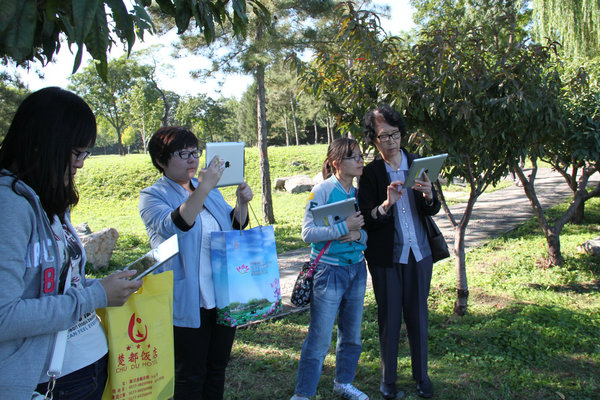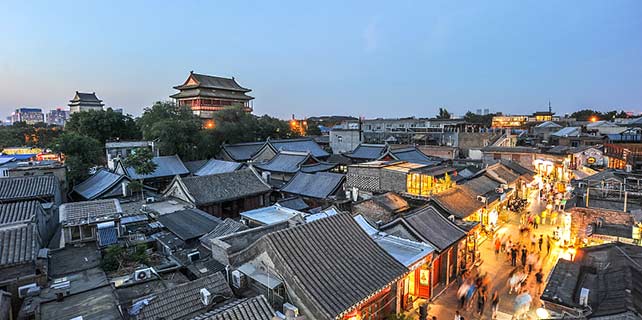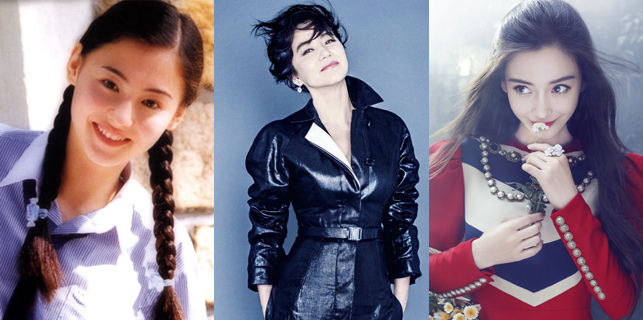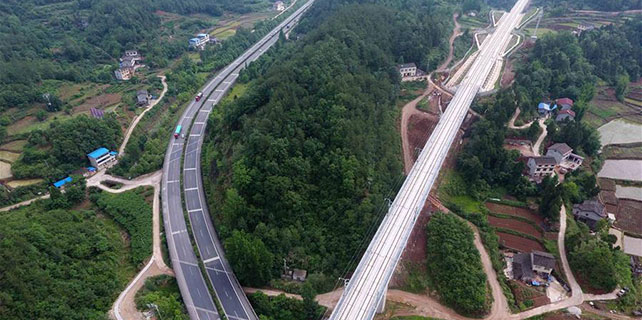It's summer again at the palace
 |
|
Guo Daiheng (first from right) of the School of Architecture at Tsinghua University. [Photo provided to China Daily] |
"Because we are doing rigorous scientific research, we use different colors to mark the sources we refer to," He says,
"The red parts, 15 percent of the total, are built based on remnants at the site," she says, showing an illustration of accuracy analysis. "The green parts, 30 percent of the total, are based on replicating objects, the blue ones are based on photographs, which is about 40 percent, and the other 15 percent are imaginative, based on copperplate etchings.
"We will continue to make this more precise with updated information."
As He Yan presented the Shangxia Tianguang scenic spot, she seemed as proud as an old emperor showing visitors around his place. Based on historical information obtained, six different models in different historical periods were created.
During the Yongzheng period and the early Qianlong period, it was unsymmetrical and the house on one side extended to the lake, but in the middle of the Qianlong period a pavilion was located symmetrically on each side. Other changes occurred to, according to the aesthetic tastes of different emperors.









